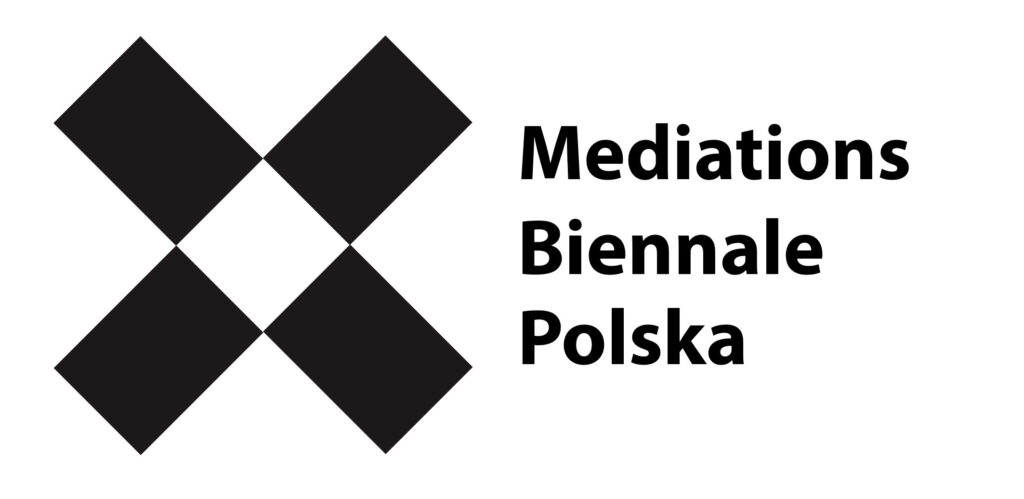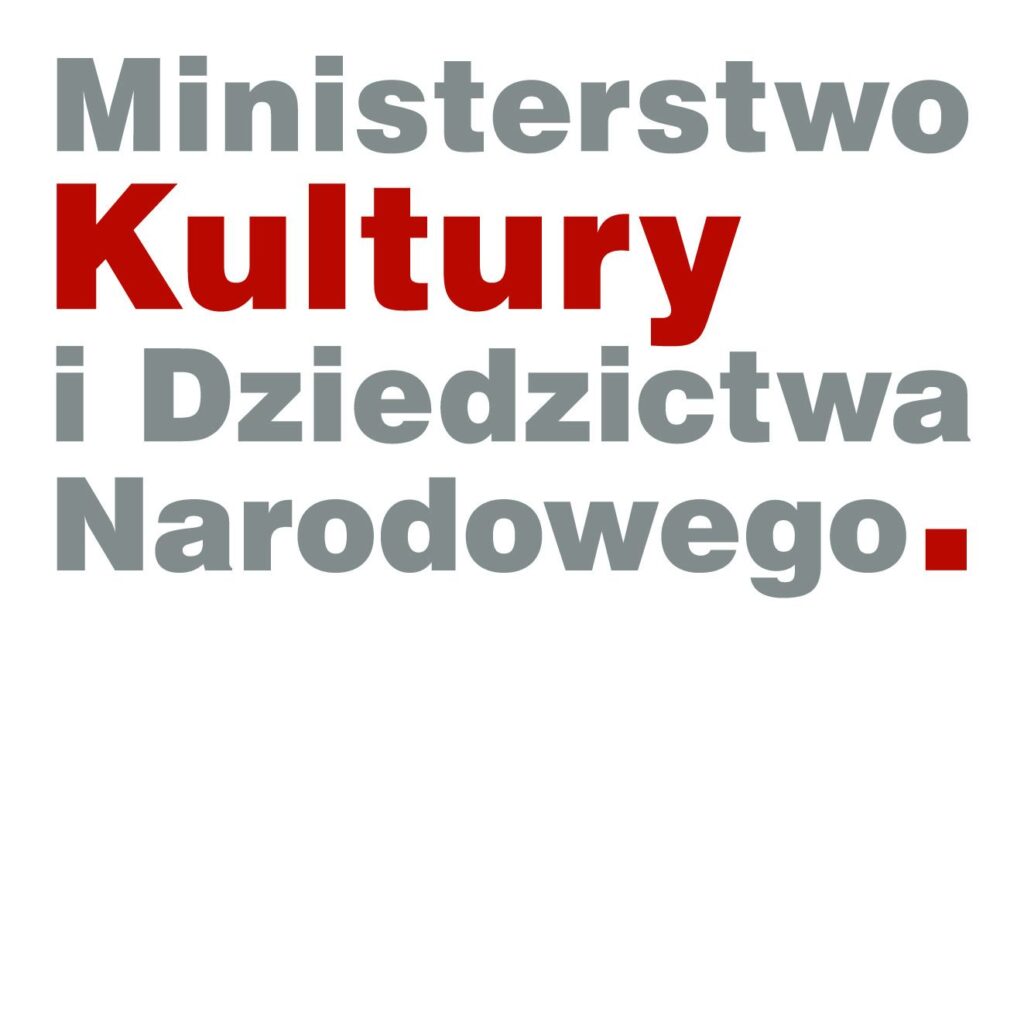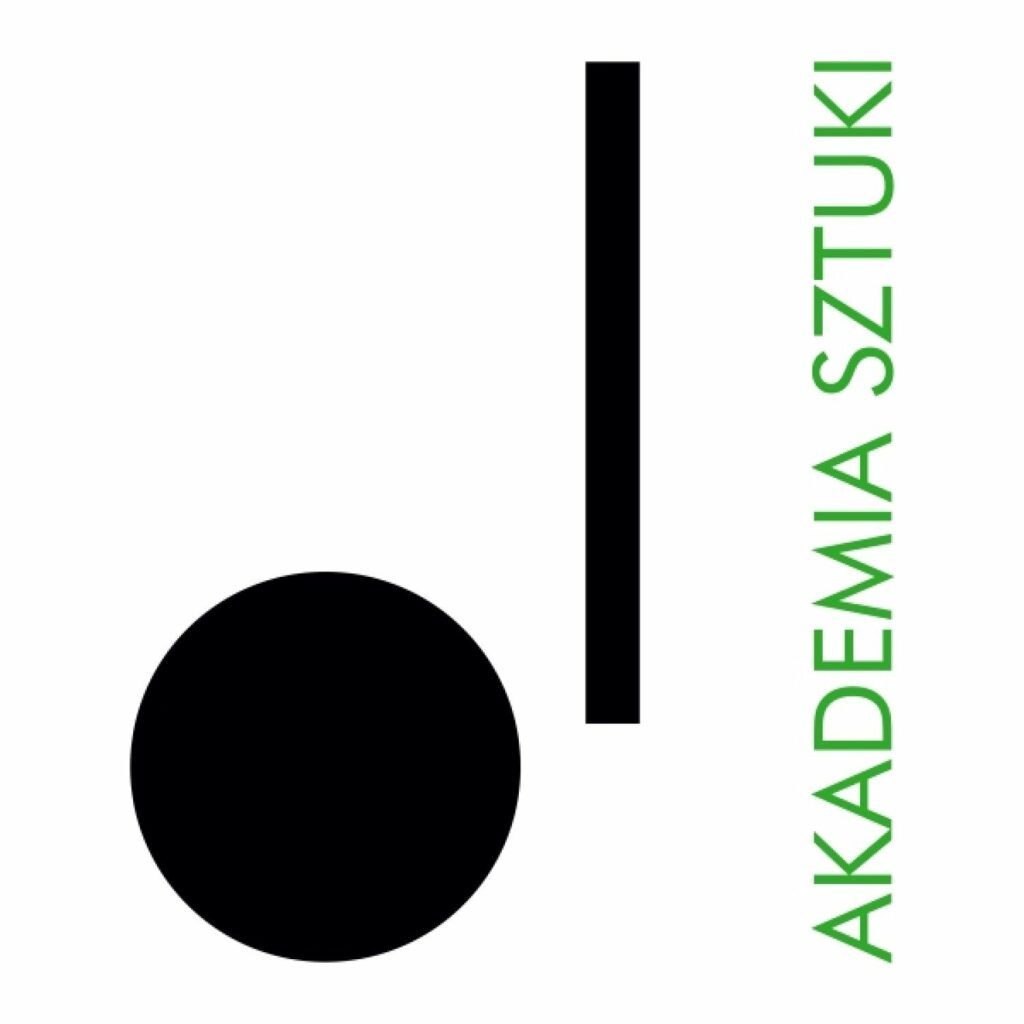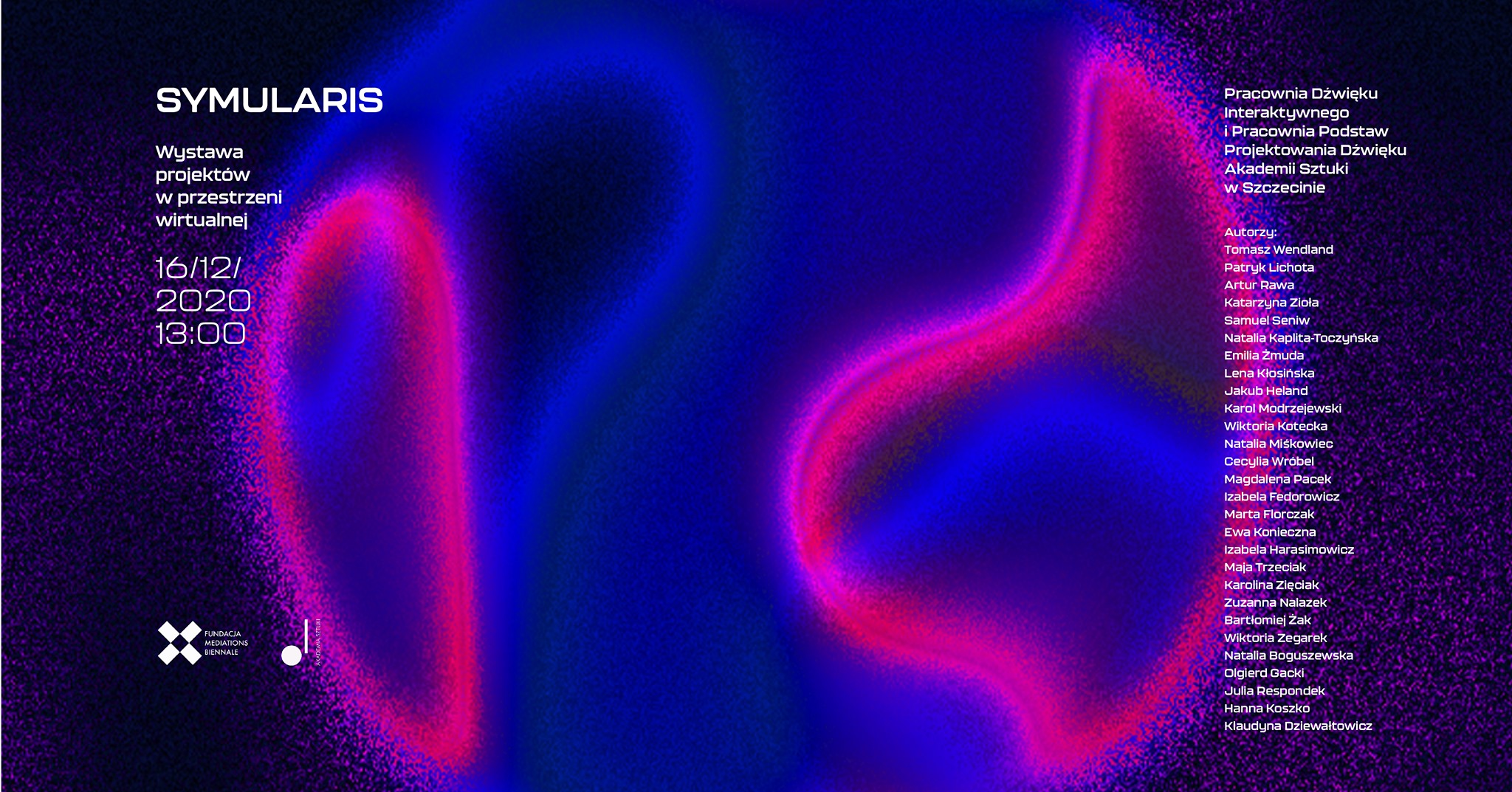Students' project Symularis 2020
Interdisciplinary Graphics Studio - Sound
Academy of Art in Szczecin
The space is the result of the interaction between the work of the studio’s students. Single simulacra create an image of a limited reality, the crossing of which is a way to search for other worlds.
Symularis is an interactive art space, a topological peculiarity of space-time that can be a kind of “shortcut” or a wormhole (Einstein-Rosen tunnel), leading beyond the horizon of events to parallel realities. Similarly, the cytoplasmic ocean that covers the entire surface of the planet Solaris (Stanisław Lem) , hides a different order of things, a common and inaccessible intelligence. Equally inaccessible is the logos of the virus, which does not belong to living organisms, yet it permeates our reality and implements its own, autonomous strategy.
Symularis may be a rift beyond the sensory experience of art. The works enter into a dialogue with the viewer or with each other, creating a space of pulsating, mutual simulations. The essence is not a single act of the artist’s creation, but chains of events taking place in a loop of ephemeral reorientation between them.
In the text “Nomadic Pictures and Post Images” Ryszard Kluszczyński quotes Baudrillard’s thesis: “Digital media, among its many attributes, also have the feature of generativity. In the event that it reveals itself as a dominant property in a given situation, the digital image made ceases to refer to reality, offering only himself in return, which means replacing the representation with a presentation. The painting then takes the form that Jean Baudrillard calls simulacrum, or – as Woody Vasulka called it in turn – becomes a digital object. “
The concepts of generativity and simulacrum are also justified in relation to analog art, i.e. art as a whole, because regardless of the medium of the work, they often exceed the limits of mimesis, generating their own reality.
The idea of the exhibition is dialogue and generativity between works without losing their autonomy. Thus, not individual works of art, but the entire exhibition, you will be able to experience as a simulacrum, a topological peculiarity hidden in the Virtual Space of the exhibition.
The exhibition will be available on the website as a webVR application. On December 16, 2020, a link will be published allowing you to move to the virtual space. We recommend using Google Chrome.
supervisor: prof. Tomasz Wendland, dr Patryk Lichota
artists: Artur Rawa, Natalia Kaplita-Toczyńska, Samuel Seniw, Cecylia Wróbel, Izabela Fedorowicz, Emilia Żmuda Lena Kłosińska, Jakub Heland, Marta Florczak, Magdalena Pacek, Natalia Miśkowiec, Katarzyna Zioła, Karol Modrzejewski, Marta Florczak, Wiktoria Kotecka, Ewa Konieczna, Izabela Harasimowicz, Maja Trzeciak, Karolina Zięciak, Zuzanna Nalazek, Bartłomiej Żak, Wiktoria Zegarek, Natalia Boguszewska, Olgierd Gacki, Julia Respondek, Hanna Koszko, Klaudyna Dziewałtowicz



